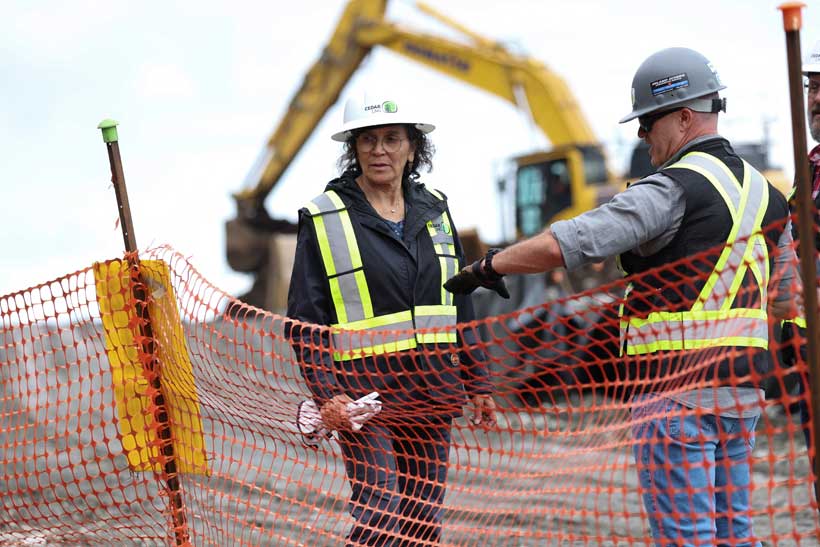A Historic First For Indigenous Leadership
The Haisla Nation’s 50.1% stake in the $4 billion Cedar LNG project is more than a milestone — it is a global first. As Reuters reports, this will be the world’s first majority-Indigenous-owned LNG export facility, with operations expected to begin in 2028. For the Haisla, who have lived along British Columbia’s northwest coast for nearly 9,000 years, this marks a transformational economic leap. It signals a new phase where Indigenous nations are not merely stakeholders consulted after decisions are made, but equity partners who directly shape the direction of resource development.
Historic Precedent, In Both Equity and Litigation
The project’s success was not preordained. According to Reuters, the Haisla leveraged a 2018 deal giving them access to capacity on the Coastal GasLink pipeline, negotiated direct financial benefits from Shell-led LNG Canada, and secured near-unanimous community backing. They then brought Pembina Pipeline on board in 2021, making it Pembina’s first equity partnership with an Indigenous group. That kind of alignment — regulatory certainty, community support, guaranteed pipeline access — is rare in Canadian energy projects, where litigation and opposition often delay or cancel developments.
Economic Empowerment or Financial Risk?
The Haisla borrowed C$1.4 billion through the First Nations Finance Authority — the largest loan in its history — to finance their share, Reuters reported. For a community where many live below the poverty line, this is both a bold step toward self-sufficiency and a substantial financial risk. It could take a decade or more before revenues flow to the community rather than paying down debt. Yet Haisla leadership appears to view this as a long-term nation-building project, with plans to invest in housing, education, and healthcare once profits materialize.
The Broader Stakes for Canada
Cedar LNG also has implications far beyond Haisla territory. Canada, now just beginning to export LNG to Asia, is seeking to reduce its dependence on the U.S. market. Indigenous-majority projects like Cedar could offer a model for securing social license and expediting development in a country where 73% of major energy projects cross Indigenous land, according to Reuters. If successful, this could embolden other First Nations to seek not just participation but majority control in resource ventures.
A Divisive Template
Still, this model is not without controversy. Other projects — such as the Ksi Lisims LNG project further north — have seen opposition from neighboring Indigenous groups who fear environmental harm, particularly to salmon habitats. As sustainability director Tara Marsden told Reuters, Indigenous partnerships can be used to create “a perception of widespread social license” even when consensus is lacking. The risk for Canada is that if Indigenous equity projects proceed without broader buy-in, they may deepen intra-Indigenous divisions rather than bridge them.
What Comes Next?
Cedar LNG is a test case for whether majority-Indigenous ownership can coexist with environmental stewardship and local consensus-building. If it succeeds, it could reshape the politics of energy development in Canada and serve as a global model for Indigenous-led resource projects. If it falters, it may be cited as evidence that such ventures are too risky or too politically fraught to replicate. Either way, this project will be studied closely by policymakers, investors, and Indigenous communities around the world as a potential blueprint for balancing sovereignty, economic opportunity, and climate considerations.
with information from Reuters
